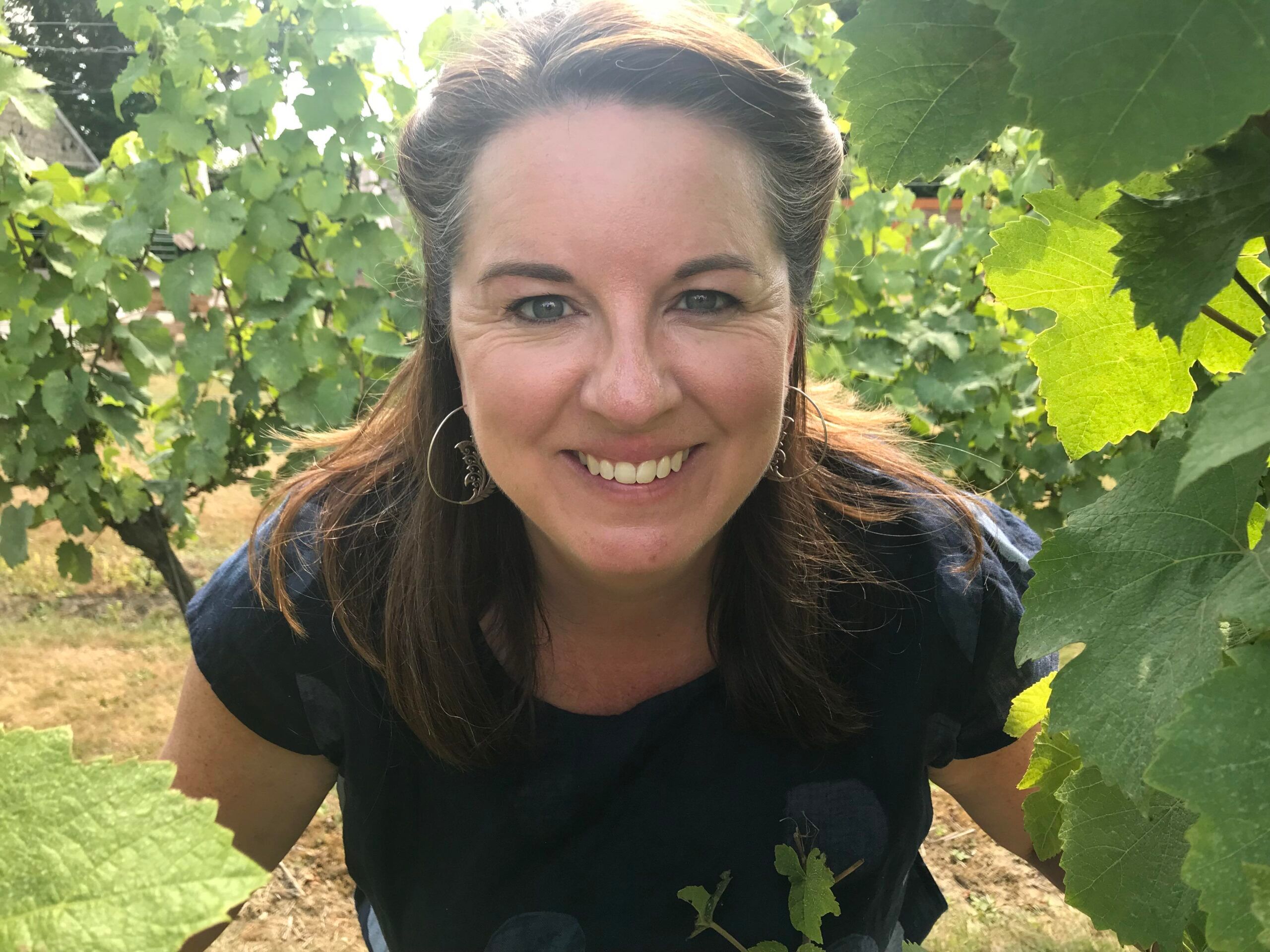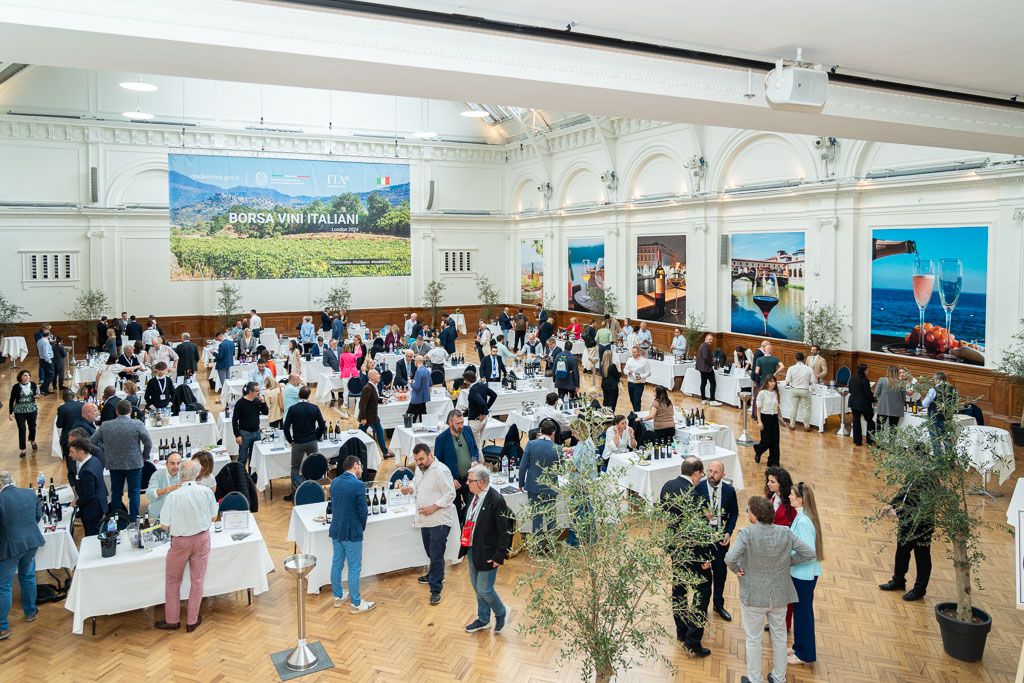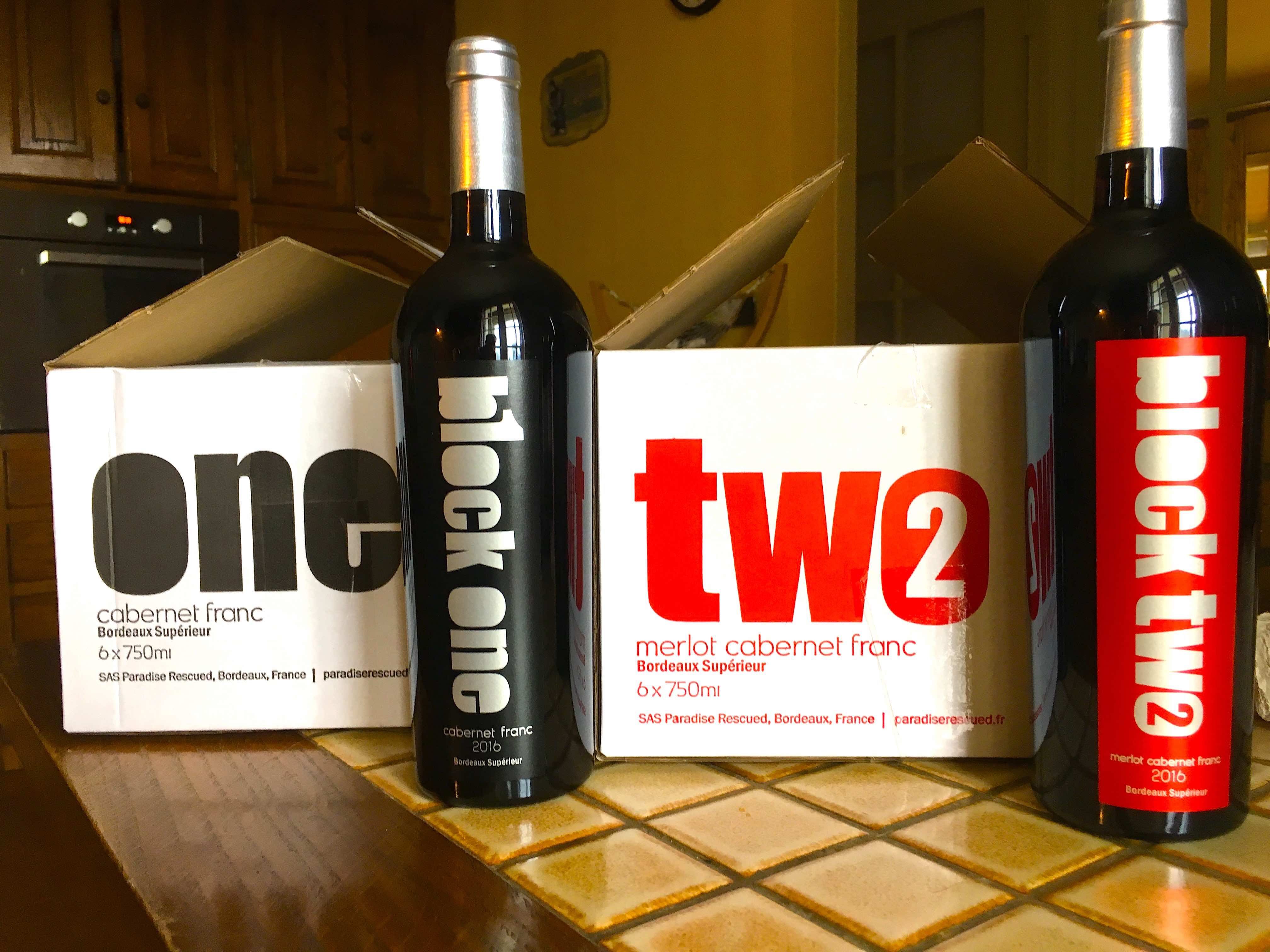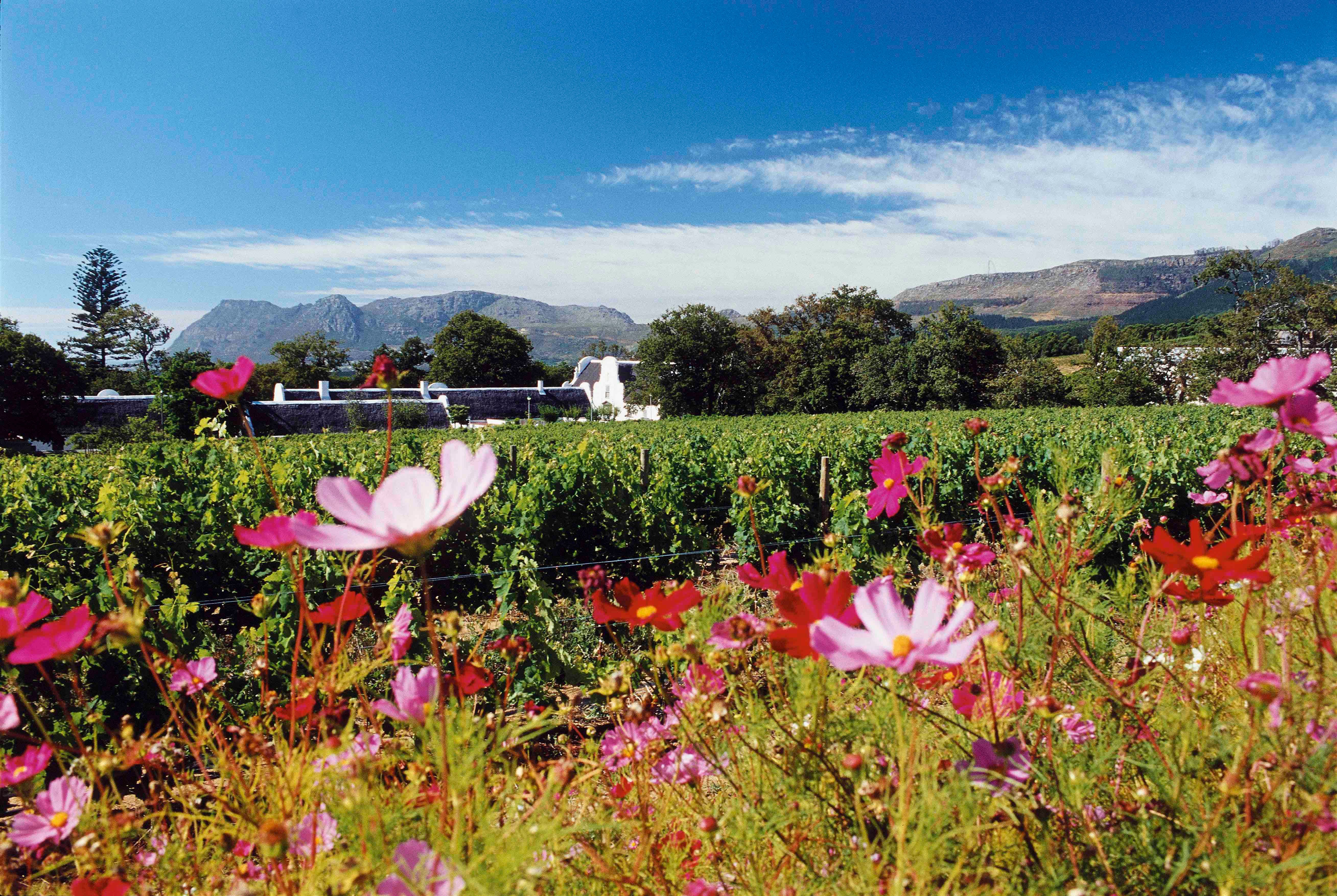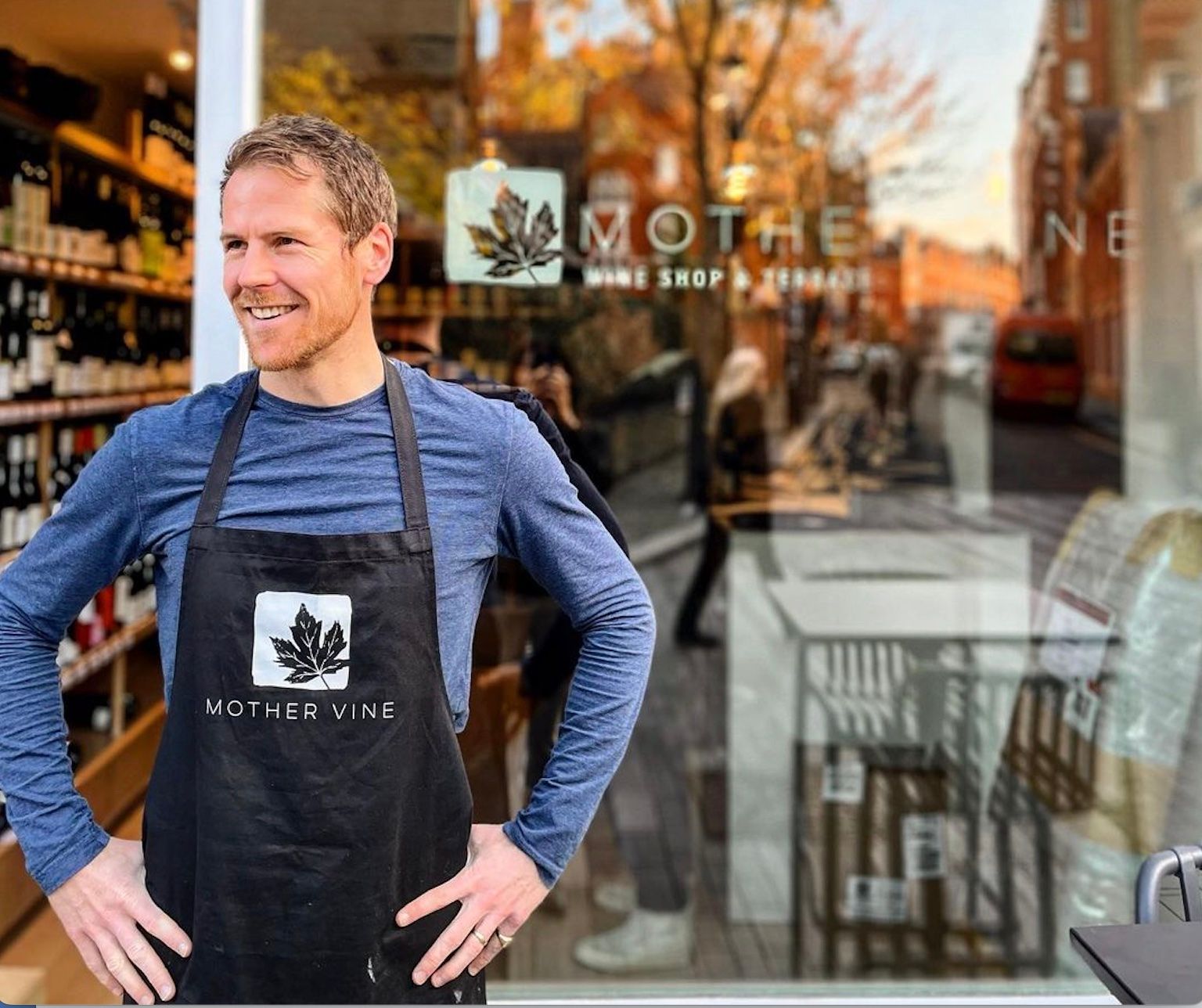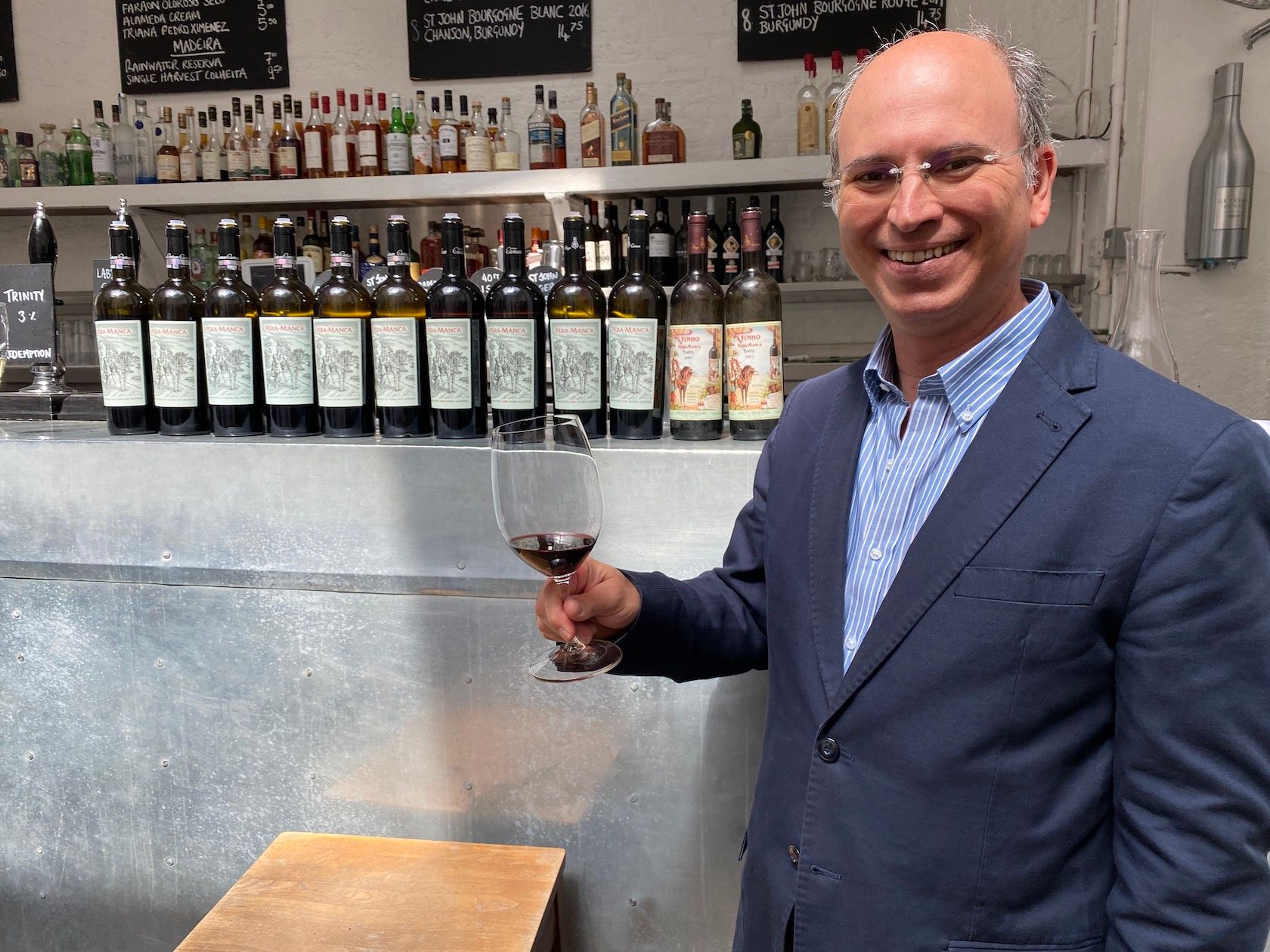As the Boutinot-owned English winery, Henners, relaunches itself with a new look and bigger winery, head winemaker, Collette O’Leary, says now is one of the most exciting times to be part of the English wine industry.
Henners’ vineyards sit a few miles inland from the south coast of England, overlooking Pevensey Levels National Nature Reserve in Herstmonceux, East Sussex. Last year it relaunched with a fresh new look and has exciting plans ahead.
Head winemaker, Collette O’Leary, joined the wine world after a career in government and charity PR, a move she says was the most obvious decision of her entire life. As she explains: “Having spent years promoting other people’s products or ideas or campaigns I really wanted, metaphorically and physically, to get my hands dirty. I knew I wanted something more practical for my future.”

Collette O’Leary has shown how you can have a career change with her move from corporate PR to becoming a head winemaker
A friend suggested she look into a career in wine as she was at her happiest while on a vineyard. She had a “penny drop moment” when she found the winemaking degree at Plumpton College in Sussex. With nothing but a WSET level 2 and some vineyard work experience in New Zealand under her belt she signed up at Plumpton and hasn’t looked back.
As a self-professed “city girl”, the move to agriculture was a steep learning curve – from the science of winemaking, to the physicality of field work, to learning how to respond as a winemaker to a living product that doesn’t always follow the science. But she says her family and friends were nothing but supportive of her career move.
“Sometimes the best way around a steep learning curve is just to throw yourself into it and learn from people. Walking away from something means that the stakes are a bit higher so you just throw yourself at it,” she says.
Wine that puts a smile on people’s faces

The Henners range is driven by its sparkling wines but it has now started to make still wines too
Although O’Leary has a corporate background she approaches her work as a wine consumer. She says: “I do think about making a wine that will sell. Because, ultimately, we don’t want to be sitting on hundreds of thousands of bottles that I think is fabulous but no one else wants to drink. But that is in no way the sole driver. I came into the industry because I was a wine consumer. I just want to make wine that I want to sit and drink, and that puts a smile on people’s faces.”
She says the best and worst things about being a winemaker are one and the same. “The thing that keeps me up at night stressing is thinking, ‘am I making the very best wine I can I can make that I can stand behind and be really, really proud?’ Wine is a living, breathing thing, and so you can have wines in tank that taste amazing, and then you go back to them a week later and they’ve evolved. It could just be because there was a storm and that’s affected the wines.
“It’s a double-edged sword because what keeps me awake at night is also one of the best things about the job. It’s exciting and challenging. No two bottles are ever the same. No season is ever the same. It’s constant stimulation. And that will continue. There’s never going to be a point where I think, ‘right, I figured that out’. So what can keep me up at night is also what gets me out of bed in the morning.”
Henners’ expansion
Henners was established by ex-Formula One engineer Lawrence Warr in 2007. By 2012, balancing motor racing and wine production had become a little tricky, and he started working with international distributor Boutinot. Boutinot then bought the company in 2016.
The winery capacity has since been doubled, and there are plans for a new building this year which will double the space yet again. The company is also working with more growers to increase the number of grape varieties it can work with.
Henners’ focus has always been on sparkling wines but it made its first still wine in 2018. It plans to make some still wines from the 2020 vintage, as well as broaden its range of sparkling wines with a Blanc de Blancs. It is moving from a vintage model towards a non-vintage brut blend for consistency, and plans to make rosé each vintage moving forward.

Henners is one of the most idyllically located English wineries up close to the English Channel
Fresh faced post-pandemic
As well as huge investments in the winery, the brand relaunched with a new look at the end of 2020. The packaging was redesigned to reflect East Sussex more closely, and convey “celebration with gravitas”. O’Leary says, “We really wanted packaging that was more modern and reflective of where we are in the world.”
The new labels are a curvelinear triangle shape, created when three circles (representing the three Champagne varieties) converge. The new brut label is a grey blue like the moody English Channel. “We’re not in the Med, it’s not a vibrant blue,” says O’Leary. “The pewter grey-blue is reflective of that coastline. You feel the sea breeze when you’re walking around the vineyard.” The rosé is reminiscent of the pink pebbles of the beaches and sunsets reflecting off of the white cliffs. The vintage foils are vibrant green like the vineyards’ surrounding hedgerows and areas.
Henners coastal home is a long way from Boutinot’s headquarters in Stockport in Manchester and O’Leary says “it’s really interesting to see what is evocative to the Manchester team about Sussex and the vineyards”. “They come down here and it’s all hedgerows and vines and oak trees and the influence of the coast and the pebbles. And so that was what really what drove the look and feel of the new branding. They really wanted that sense of place to come through in the packaging.”
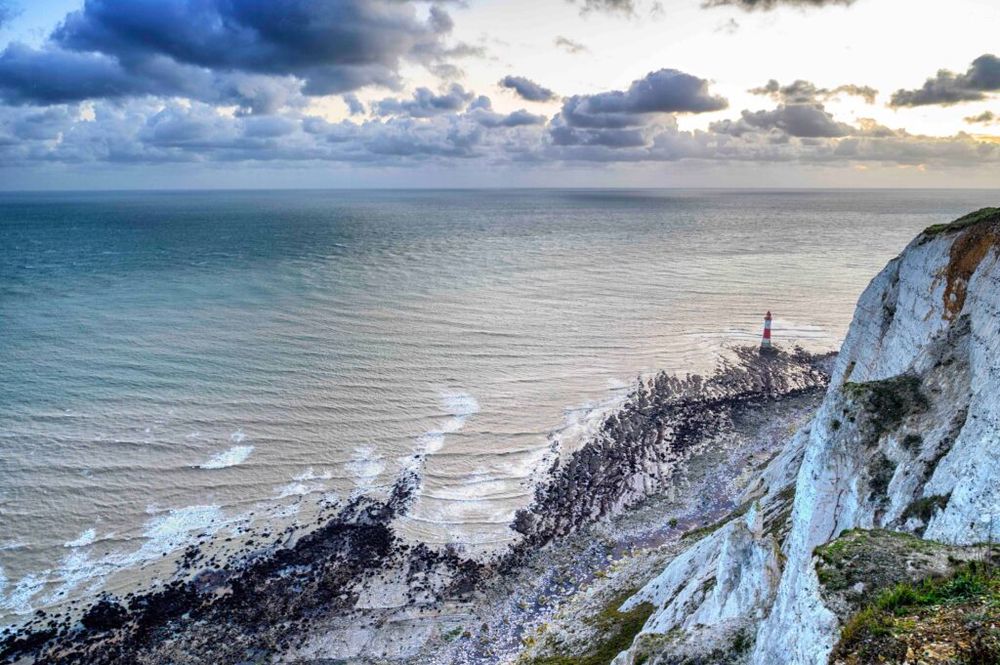
The English coastline has a big influence on Henners and the style of wine it can make
A sparkling partnership with the French
O’Leary describes Boutinot’s relationship with Henners since it bought the winery in March 2017 has been “involved but hands off”. There is a lot of winemaking collaboration, and Henners works particularly closely with Boutinot’s French winemakers. “I think it’s an unusual business model but it really works,” she adds.
For some, Champagne and English winemakers may seem an unlikely partnership. For O’Leary, having the French on board has meant access to a rich trove of knowledge and advice.
“From a winemaker’s perspective for me, to be able to dip into that knowledge is just invaluable. I think if you told Boutinot’s head of winemaking, Eric Armagne, 25 years ago that he would be overseeing an English sparkling wine house I think he’d have laughed in our faces. And now he considers it his most exciting project.”
There are times of course when the two palettes differ. “It’s always fun to see which of the blends makes it through the UK palette and which of the blends make it through the French palette, and where we all coexist,” she says.
So what distinguishes the French from the English palette? “We tend to embrace acidity a little bit more than the French palate, I would say. Working in a winery you develop what is known as a cellar palate. You tend to get used to tasting taste every day. English wine is known for its acidity, it’s one of the hallmarks so we in no way want to lose that. But sometimes it’s really interesting to get the perspective of the outside world saying ‘that’s a bit much’.”
Champagne and chalk
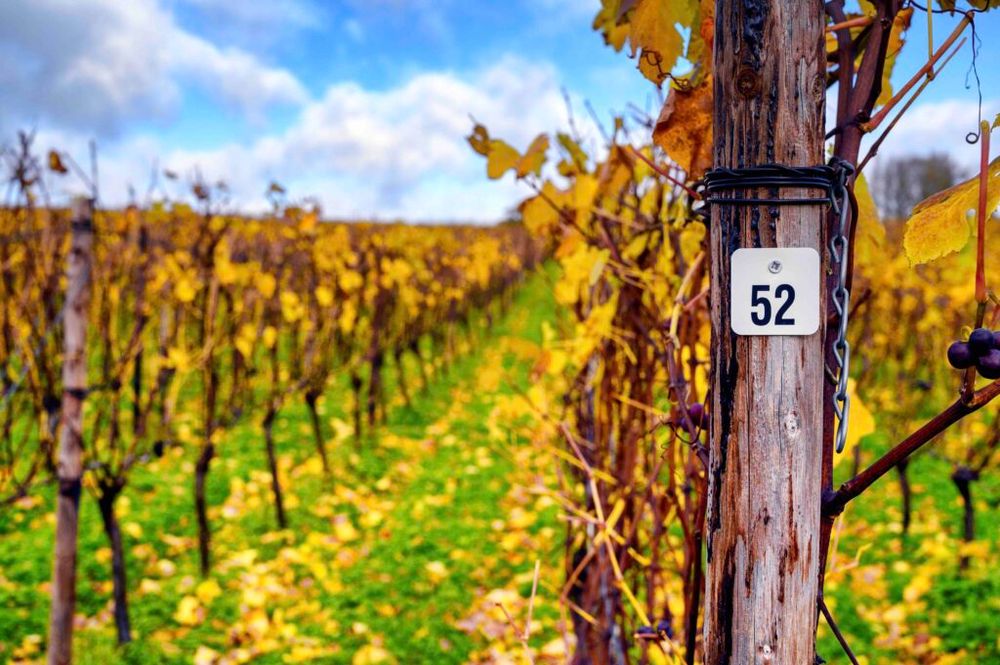
Henners vineyards are planted mainly on clay soils with some sand
Although similarities in soil between Champagne and the UK are often credited for England’s ability to produce quality sparkling wine, Henners is not planted on chalk. “The chalk from Champagne kind of came under the English Channel and took a left turn Eastbourne,” says O’Leary. Instead the site is clay, with some sand running through it.
For her, the link between English wine and Champagne is useful for helping consumers to understand the English wine brand, but it does not show the full picture. As she explains: “Plenty of Champagne grapes are not grown on chalk. The Champagne model is largely built on sites from across the region on multiple soils, specifically because they have a challenging climate.
“I think it’s been a really great way of setting English wine on the world map because it gives the public something to tether on to: English wine is like Champagne because of the chalk. In reality, it’s much more multi-dimensional than that. It’s about finding the right sites in the right places to get the combination that you want for the wine style you’re making.”
She adds: “We’re beginning to learn that the Pinots grown on clay here have this real rich voluptuousness, and bright red fruit, and are a bit more giving than some of the red fruit that we get coming in from chalk. The Chardonnay on chalk has this really great, steely vibrancy. How they can play together is really part of the fun.”
Henners’ vineyards benefit from their proximity to the sea and low elevation. This keeps the site warm, and coastal breezes from the English Channel help to prevent frost. “The coastal breezes whip through the Pevensey Levels and move the weather through quite quickly. We hardly ever get frosted because we’ve got this big body of water just a couple of miles away. We’re a great little site from that perspective,” says O’Leary.
“For me, the climate and whether your site is protected from frost, what your disease level is like, the airflow through the vineyard, and whether you can ripen your grapes, is all arguably even more important than soil.”
The English Wine brand

O’Leary says that standing together as English wineries has been important for solidifying the consumer-facing English Wine brand, and Henners is part of Wine GB’s Classic Method Campaign to champion Classic Method Sparkling Wines.
“In the early days I think it’s really been very positive that we’ve been ‘English Wine’. I think sometimes we forget just how young the English wine industry is. Even 15 years ago it wasn’t being spoken about very widely, and now we’re talking about 700 vineyards and 15 million bottles a year being produced. The evolution has been really, really rapid.
“As an industry we do collaborate with each other. We believe that there should be space for all of us. As a country, England is phenomenally thirsty – we get through vast amounts of sparkling wine. There should be plenty of space for all the English producers in there.”
Moving forward she notes the importance of avoiding homogenising. For her, individuality is best asserted through locality, and tapping into consumer loyalty to local produce.
“I think that it’s increasingly important for English wines to maintain their own individual identity. The amazing thing that we have is that we’re on people’s doorstep. Over the last few years consumer demand to visit English wineries, meet the owners, meet the producers, and taste the wines, has just grown and grown and grown and grown and I can’t see that changing. I think the tie-in to the brands and loyalty to the wineries will come out of that.
“I think there’s huge potential to not only have ‘brand England’, but individual brands as well because of the cellar door sales and the tasting experience. That’s something you don’t always have if you’re only working with overseas brands.”
Sustainability drive

Henners is looking at every stage of the winemaking process where it can be more sustainable
Henners is one of the founding members of Wine GB’s sustainability scheme, and O’Leary sits on the working group. She says that sustainability is a “guiding principle” of the winery’s work. It has been working to reduce sprays, manage weeds mechanically, encourage biodiversity in the vineyards and encourage natural predators. The team has also been working on reducing water consumption and winery waste, and moved to lightweight glass bottles. “At every touch point we are thinking about what we can do to reduce our impact,” says O’Leary.
And what about going organic or biodynamic? O’Leary says that although she admires those who do certify organic, Henners needs a bit more flexibility in the growing season, especially with challenging humidity levels. But they are always thinking organically and she has found that practices are naturally moving towards a more sustainable approach for the future.
She says: “Realistically, the amount of sprays and things you’re allowed to use is continually being reduced. If you’re not looking ahead to try and reduce what you need, you’re going to be stuck in a couple of years, so all of us are moving towards much more sympathetic practices and getting as close as we can, without fully committing to the certification.”
Navigating 2020
While 2020 was devastating for the whole industry, Henners kept busy and tried to utilise the change of pace to get the trade excited about English wine.
“While this period has been awful, it’s given us the opportunity to almost go back to basics in some ways, and engage with customers while they’ve had time to engage with us. So there are green shoots that will definitely come out of this.”
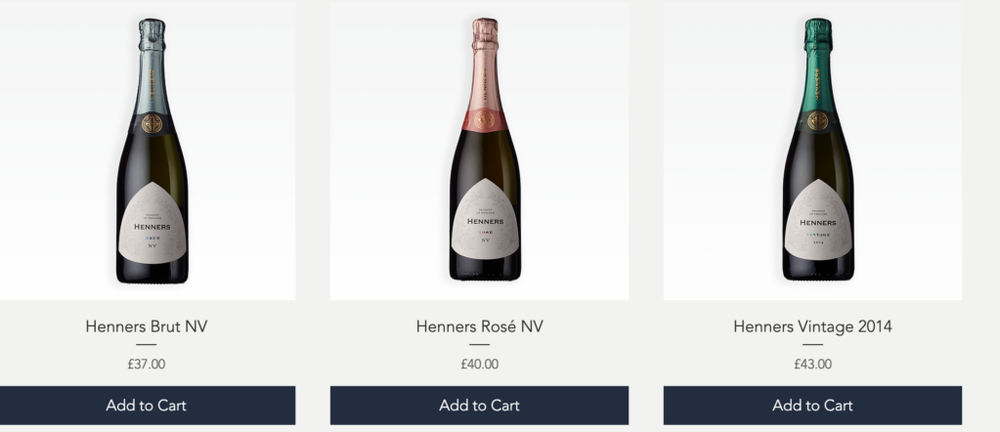
Henners launched its online DTC site in September 2020
As well as working on new branding, Henners launched an e-commerce platform last September which helped with the dip in sales from the on-trade closing. It also did well through independent wine shops which have been able to stay open through lockdown, and O’Leary is already getting requests for tours and visits as soon as lockdown restrictions lift.
The team also jumped aboard the Zoom training boom and used the opportunity to reach members of the trade they usually wouldn’t. “To be truthful, there’s no way I’d have got 50 restaurants to do tastings in November in normal times. We’ve done a lot of tastings with the on-trade here and international customers as well. Now they know the wines and they’re familiar with us. As soon as we’re ready to go I think we’ll see a really successful period coming up, because what has come through during lockdown is there is real interest, and real demand for English wine. Restaurant staff want to get behind English wine and their customers are interested. They just need to be able to open now.”
The last year has also given the Henners team time for vineyard tasks they often don’t have time to focus on, like mechanical weed management and subsoiling.
“Sometimes you get to the end of a season and think, ‘Oh, we said we were going to do X, Y, and Z, and we didn’t get around to it’. Whereas over the last 12 months, we’ve really got around to all of the things we said we wanted to do. For a lot of us, it’s been a bit of a timeout to refocus on the fundamentals, and then come out stronger, hopefully more engaged with our customers, and clearer about what we want to do.”
The future of English wine
“The thing about England is that it is such an exciting time to be in the industry,” says O’Leary as we near the end of our conversation. “There’s only a handful of wineries and winemakers here in athe global scheme of things. We’re only really just learning what’s possible on different sites with different varieties, and there’s very few rules.
“From a personal perspective I’m involved in so much. There’s an opportunity to be an influential part of the industry in a way that you just can’t elsewhere. Because of the nature of the industry, the wineries are smaller and so you get to work across the vineyard and the winery in a way I didn’t when I was working in South Africa and California. That’s a pretty unique opportunity.”
“English wines haven’t really got anywhere near their full potential yet, the next 10 to 20 years of wine production in the UK are going to be phenomenal.”
- To find out more about Henners go to its website here.
